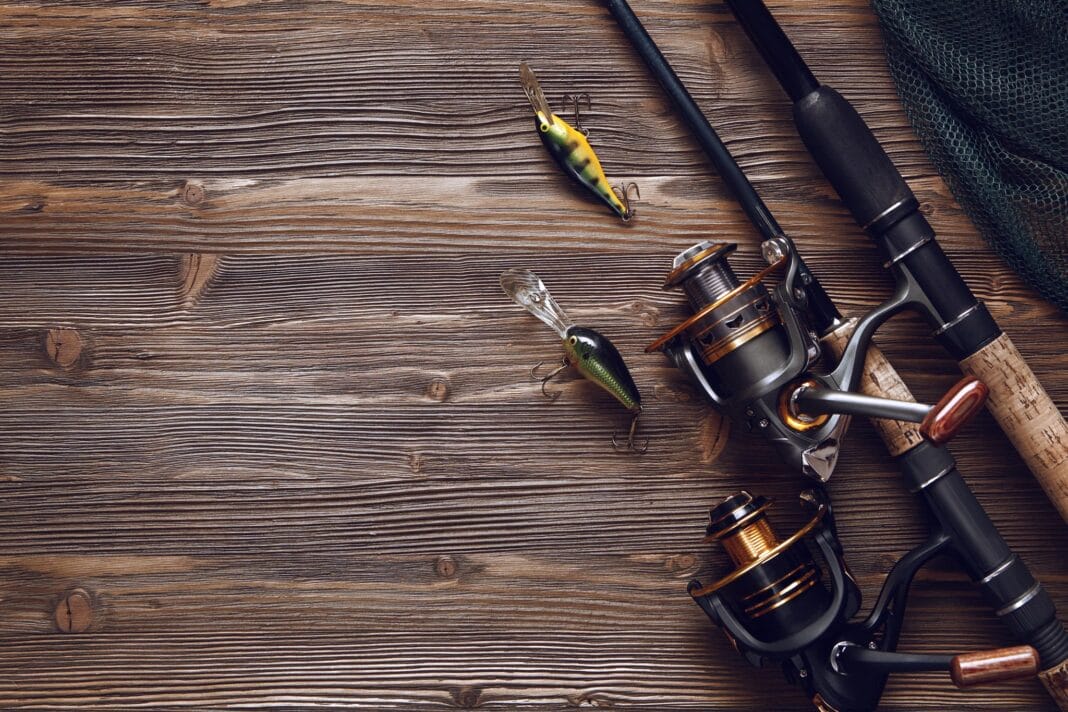Choosing the right fishing rod is crucial for both beginners and seasoned anglers. Having the right rod can significantly enhance your fishing experience, making it more enjoyable and increasing your chances of a successful catch. This guide will help you understand the various factors that go into selecting the perfect fishing rod for your needs.
Understanding the Basics
Before diving into specific features, it’s important to understand the basic components of a fishing rod and how they affect performance.
Components of a Fishing Rod
- Blank: This is the main body of the rod, usually made from materials like fiberglass, graphite, or a composite of both. Each material has different properties affecting weight, strength, and flexibility.
- Handle: Also known as the grip, this is where you hold the rod. Handles can be made of cork or EVA foam, and their length and comfort levels can affect your casting and handling efficiency.
- Reel Seat: This is where the fishing reel is attached to the rod. The position and type of reel seat can influence how balanced the rod feels in hand.
- Guides: These are the rings attached along the length of the rod, guiding the fishing line from the reel to the tip. Quality guides ensure smooth line flow and reduce friction.
Choosing the Right Rod Type
Different types of fishing demand different rods. Here are the main types of fishing rods you might consider:
Spinning Rods
Spinning rods are versatile and easy to use, making them a popular choice for beginners. They are designed to hold a spinning reel mounted on the underside of the rod, which allows for longer casts with lighter lures.
- Best For: Light to medium fishing scenarios. Ideal for beginners and casual anglers.
- Pros: Versatile, easy to use, suitable for a wide range of fish species.
- Cons: Limited control over lure and line speed compared to baitcasting rods.
Baitcasting Rods
Baitcasting rods cater to more experienced anglers who need greater control and precision. These rods are ideal for heavier lures and lines.
- Best For: Medium to heavy fishing scenarios. Ideal for targeting larger fish.
- Pros: Greater casting control, higher accuracy.
- Cons: Steeper learning curve, prone to backlash.
Fly Rods
Fly rods are designed specifically for fly fishing, a technique that uses lightweight artificial flies as lures. These rods are often long and flexible, built to cast the almost weightless flies effectively.
- Best For: Fly fishing enthusiasts targeting species like trout or salmon.
- Pros: Tailored for specific fishing technique, highly responsive.
- Cons: Specialization limits versatility for other types of fishing.
Key Considerations When Choosing a Fishing Rod
With an understanding of the types of rods available, consider these factors to make the best choice:
Power and Action
- Power: This refers to the rod’s strength or lifting power. Rods are typically categorized as light, medium, or heavy. Heavier rods are best for larger fish, while lighter rods are suited for smaller species.
- Action: This describes where and how a rod bends. Fast action rods bend at the tip, offering quick sensitivity and hook-setting power; slower action rods bend more towards the middle or the butt, providing more flexibility and longer casting distance.
Length
Rod length affects casting distance and leverage. Longer rods cast farther, while shorter rods provide better leverage for fighting fish. Choose based on the fishing environment (e.g., short rods for tight spaces like docks or piers).
Material
Consider the material of the rod blank as this impacts sensitivity, weight, and durability:
- Fiberglass: Durable and affordable, ideal for beginners.
- Graphite: Lightweight and sensitive, preferred by seasoned anglers.
- Composite: Offers a balance of both fiberglass and graphite benefits.
Price
Set a budget that aligns with your fishing frequency and ambitions. High-end rods offer greater performance and durability, but there are also budget-friendly options that provide excellent value for casual fishing.
Choosing the right fishing rod is about matching the equipment to your intended fishing style, target species, and personal preferences. By considering the type, power, action, length, and material of the rod, as well as your budget, you’ll be well-equipped to select a rod that enhances your fishing experience and success. Whether you’re a novice fisherman casting your first line or an experienced angler hunting for a trophy catch, the right rod is out there waiting to amplify your angling adventures.



